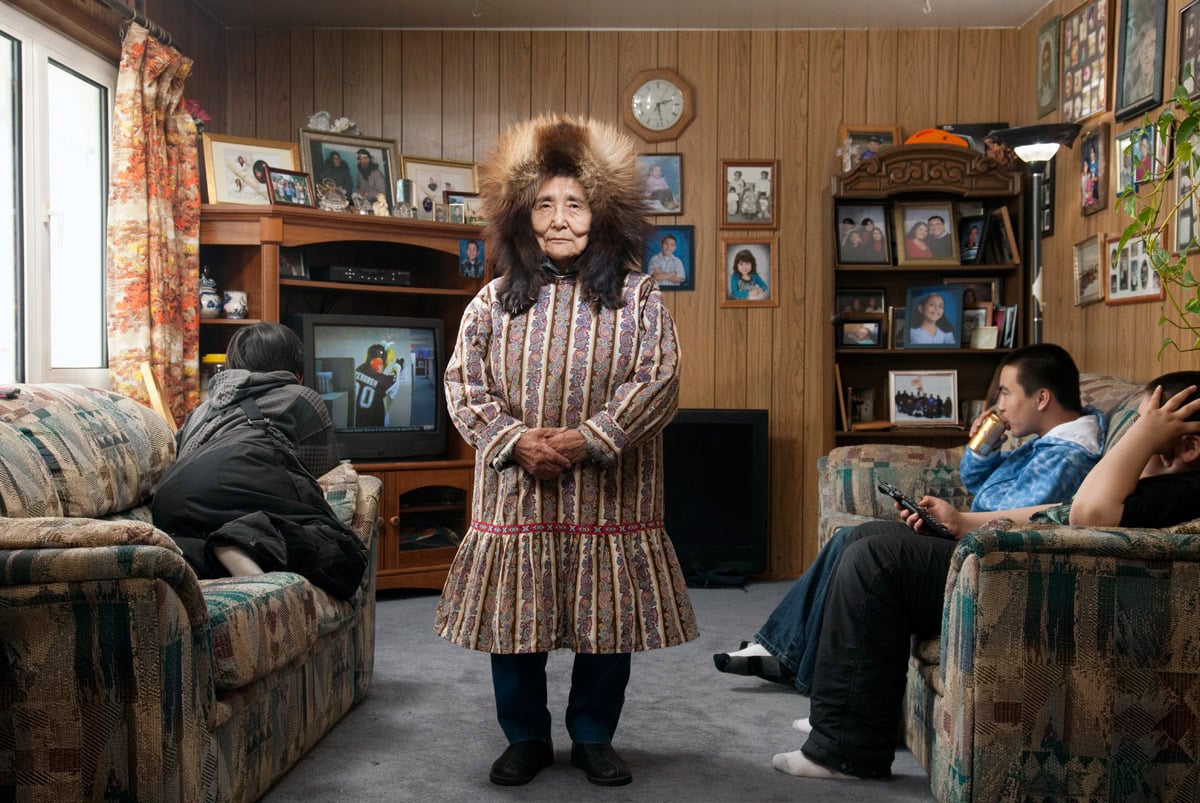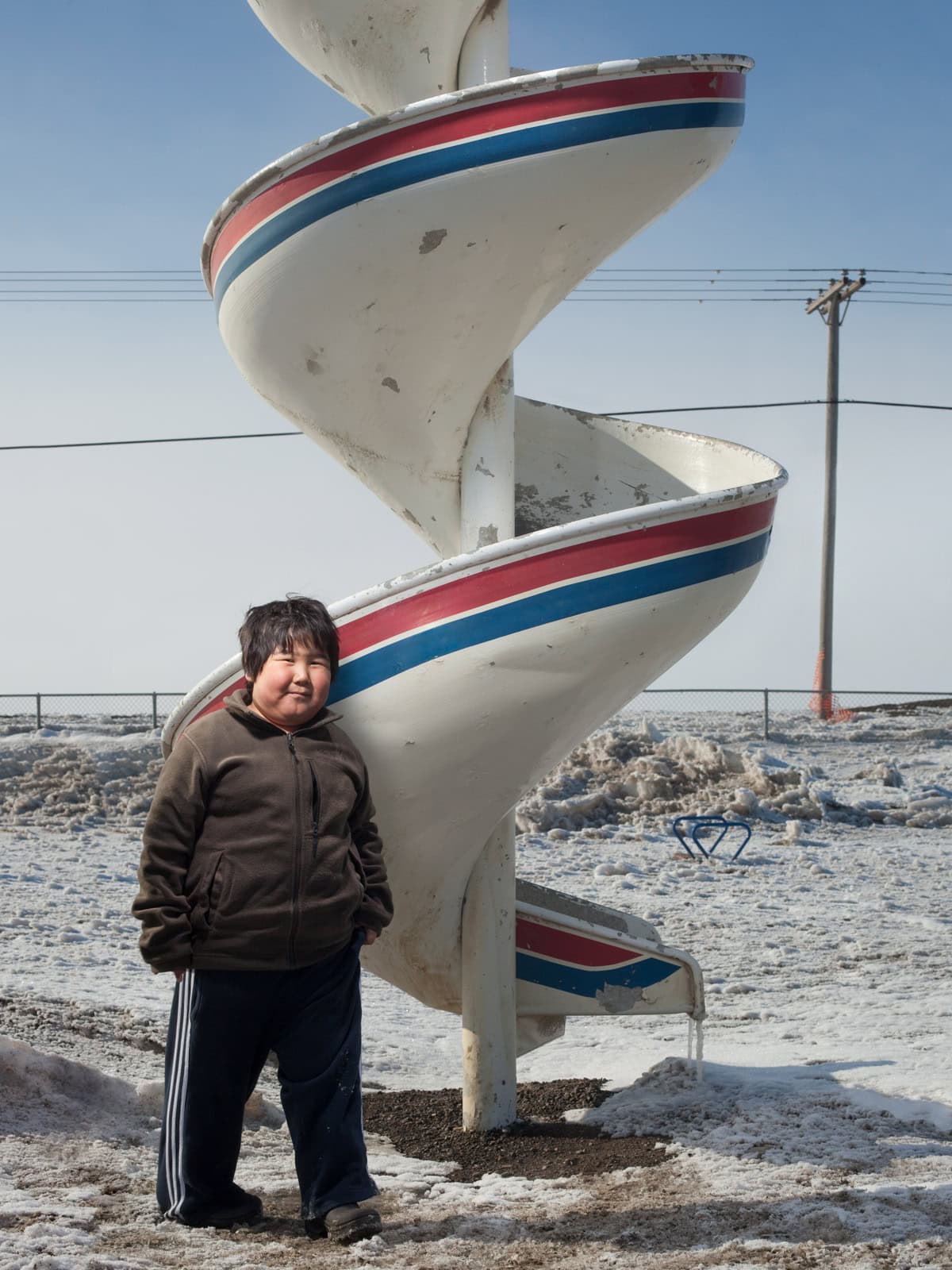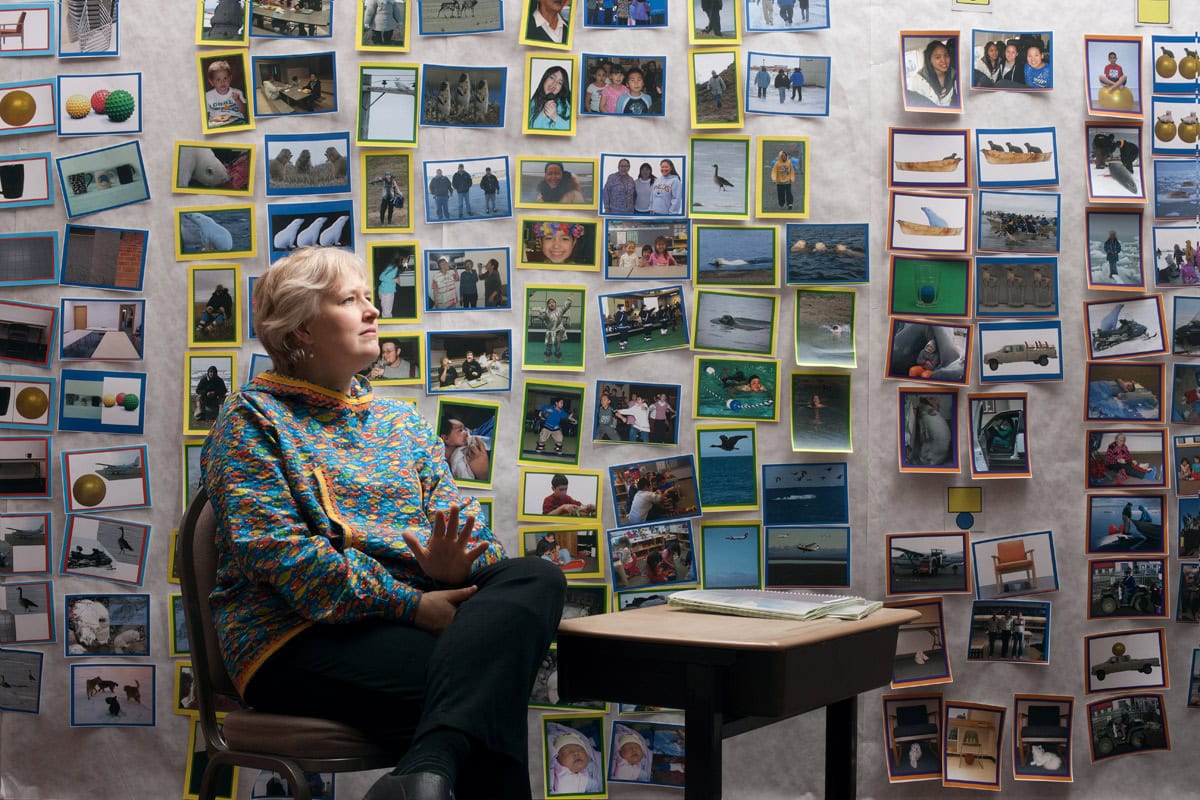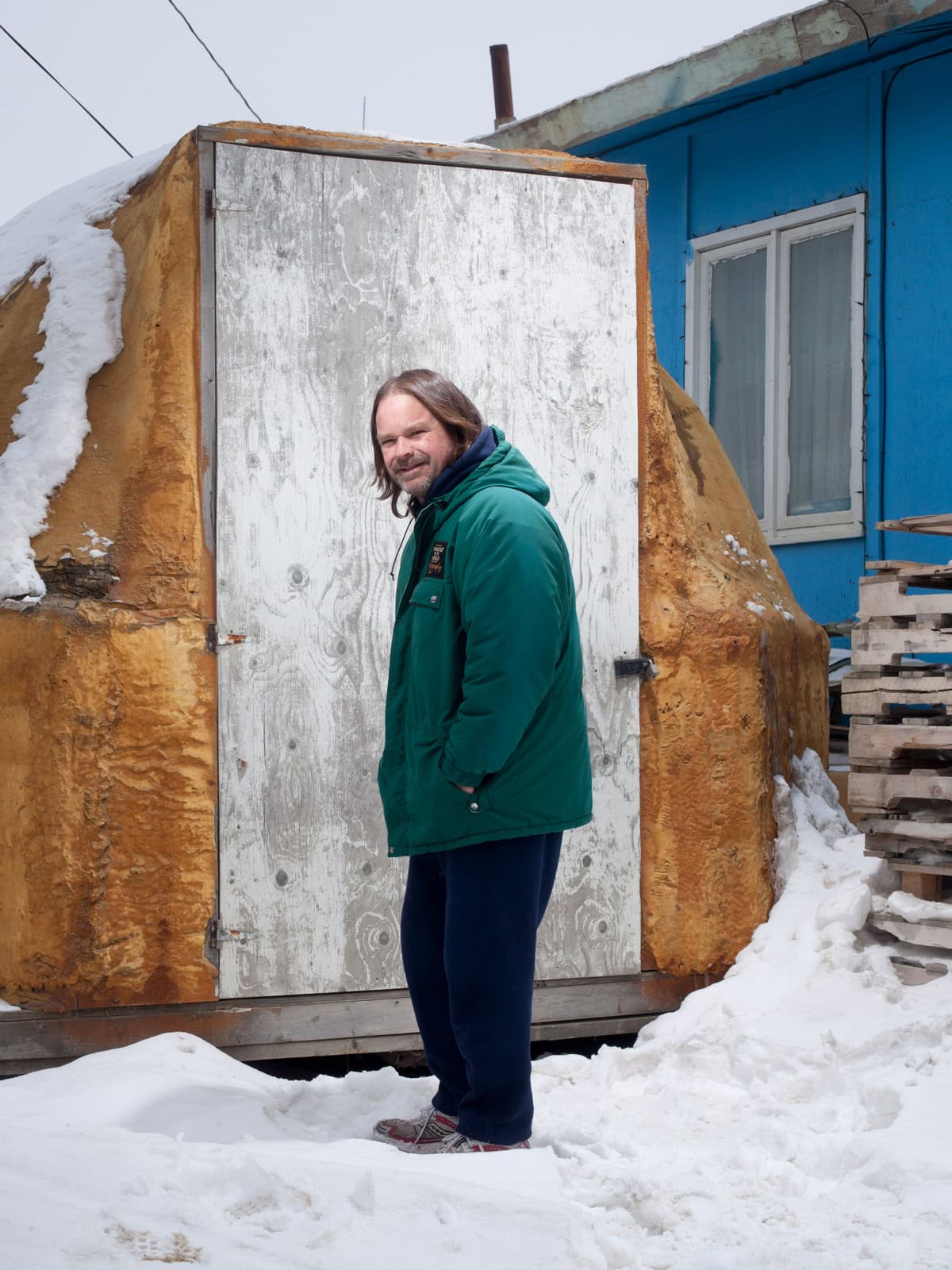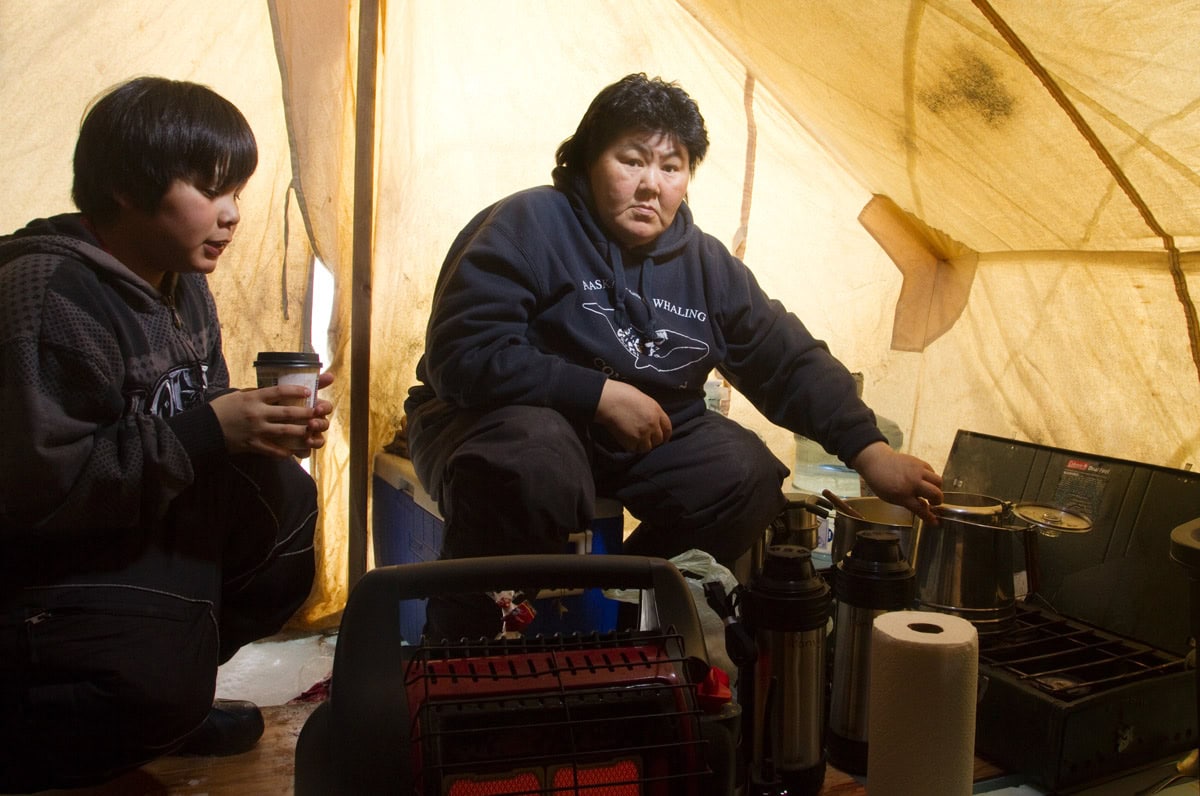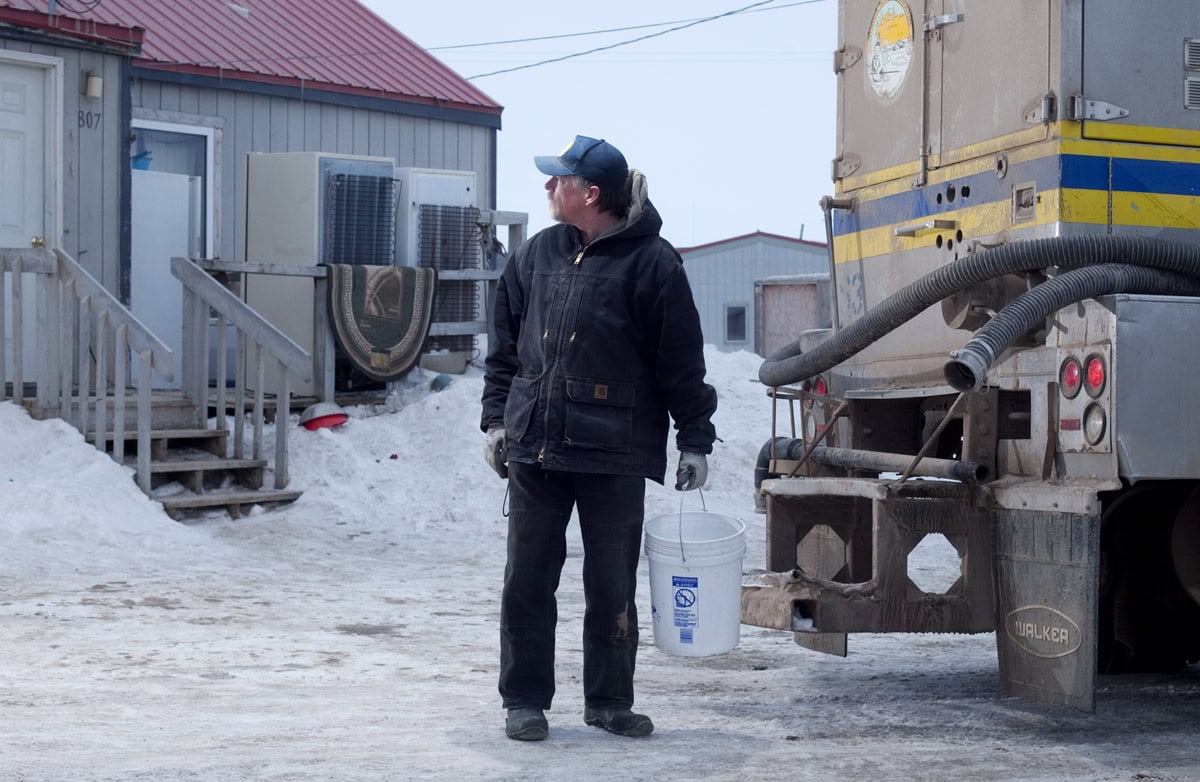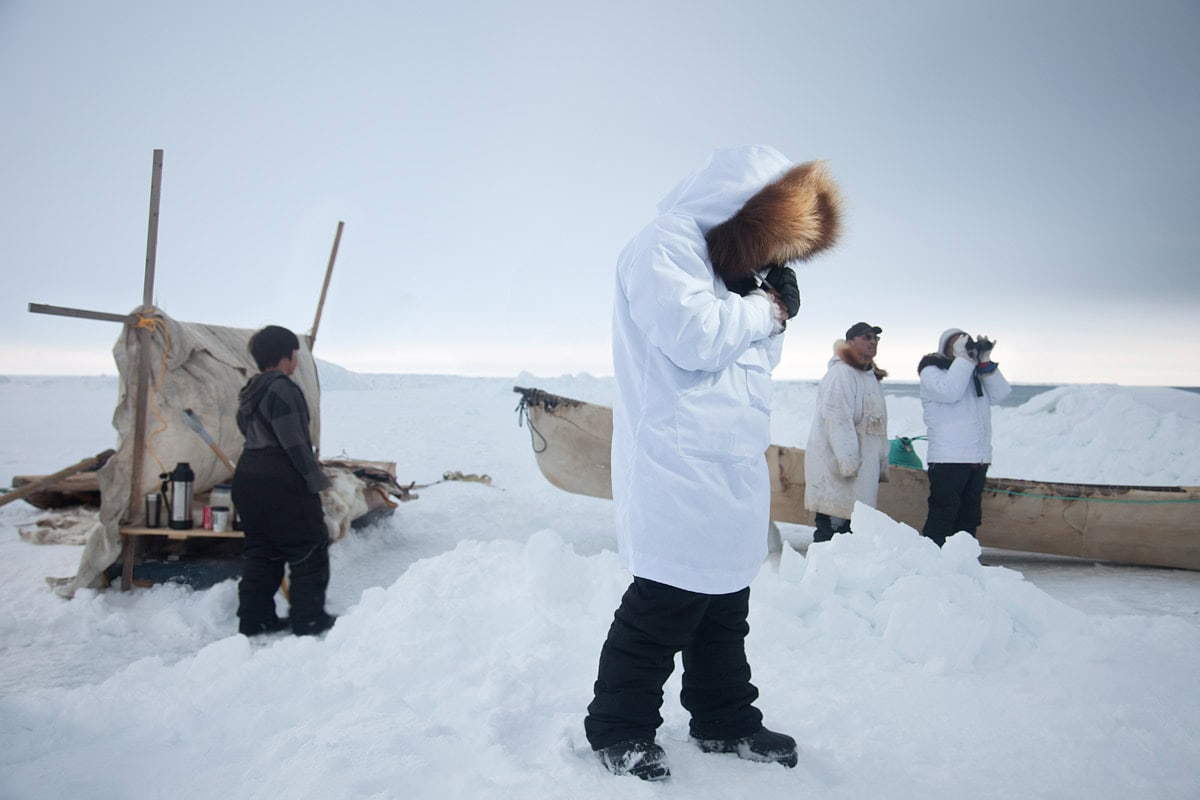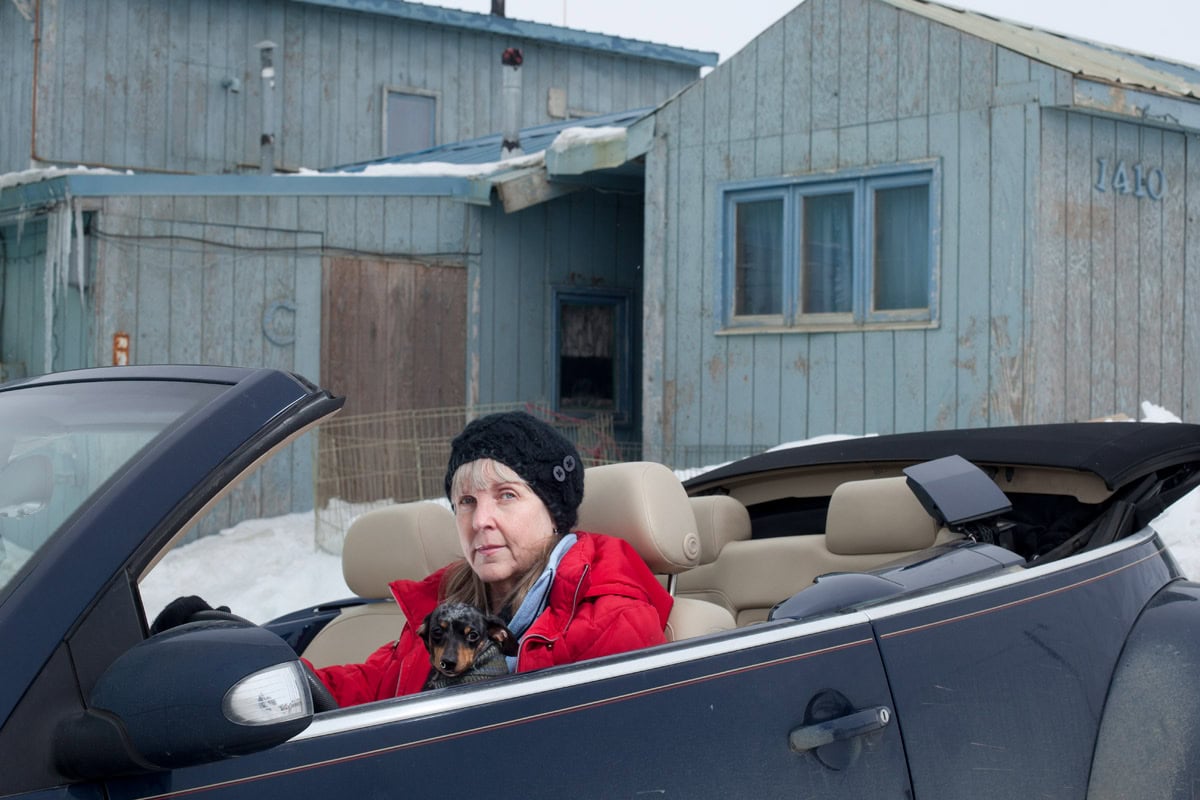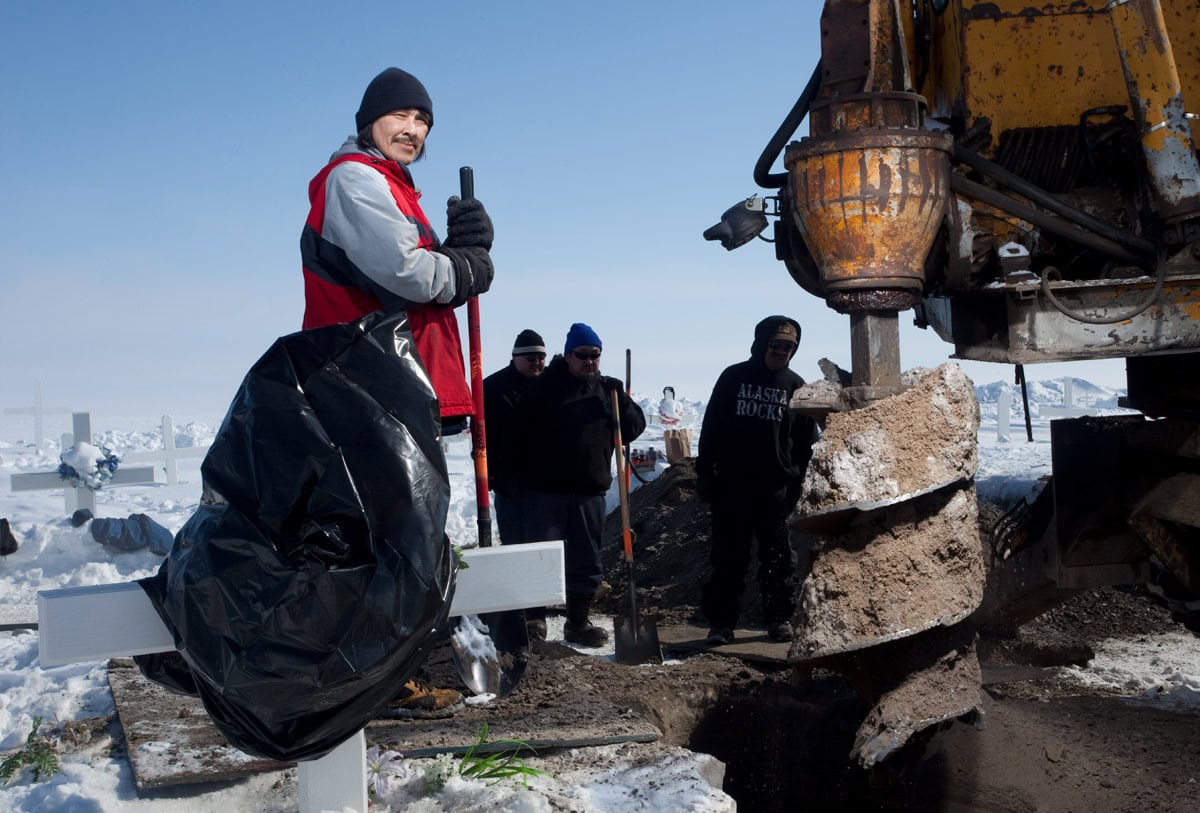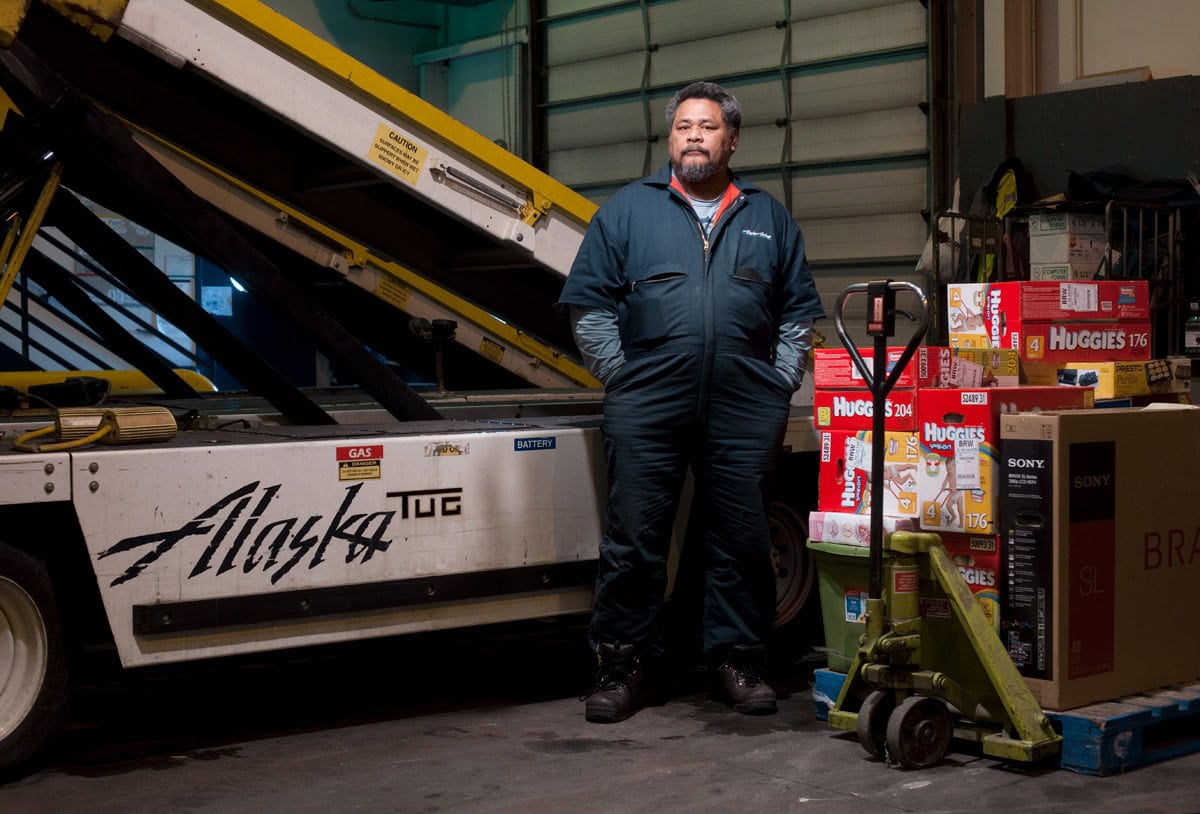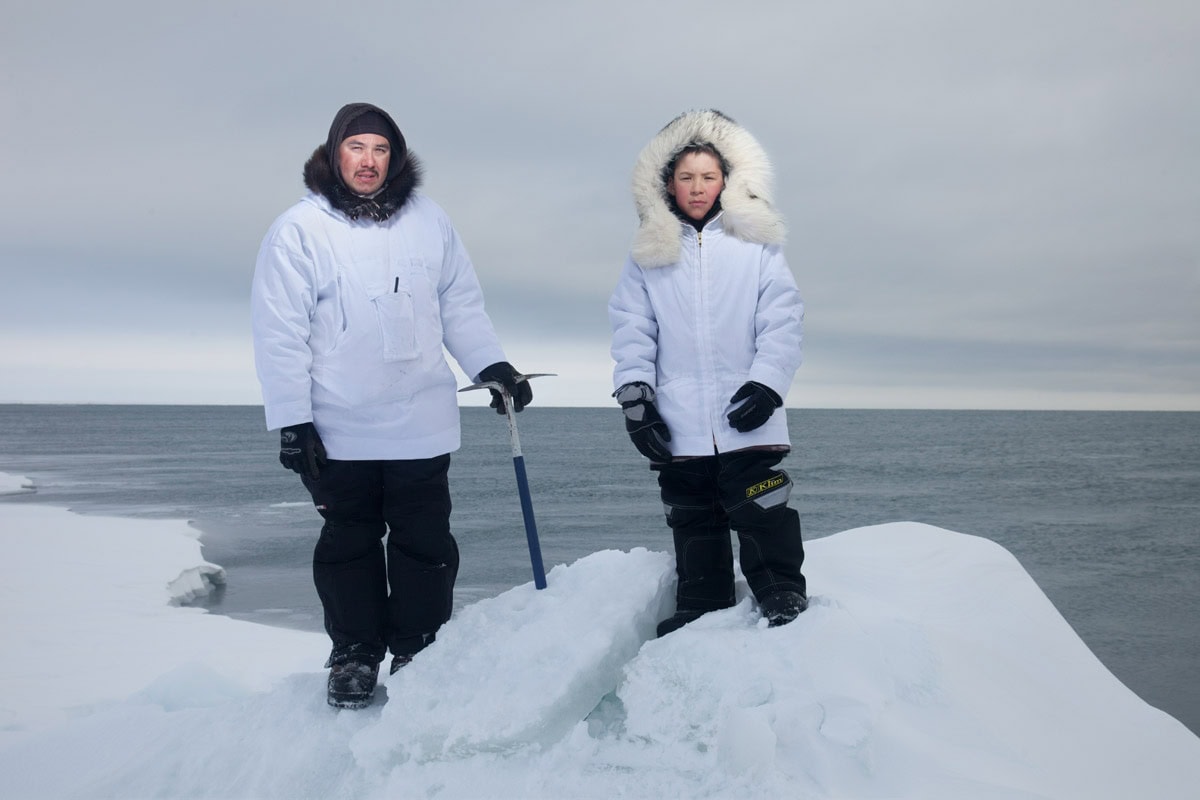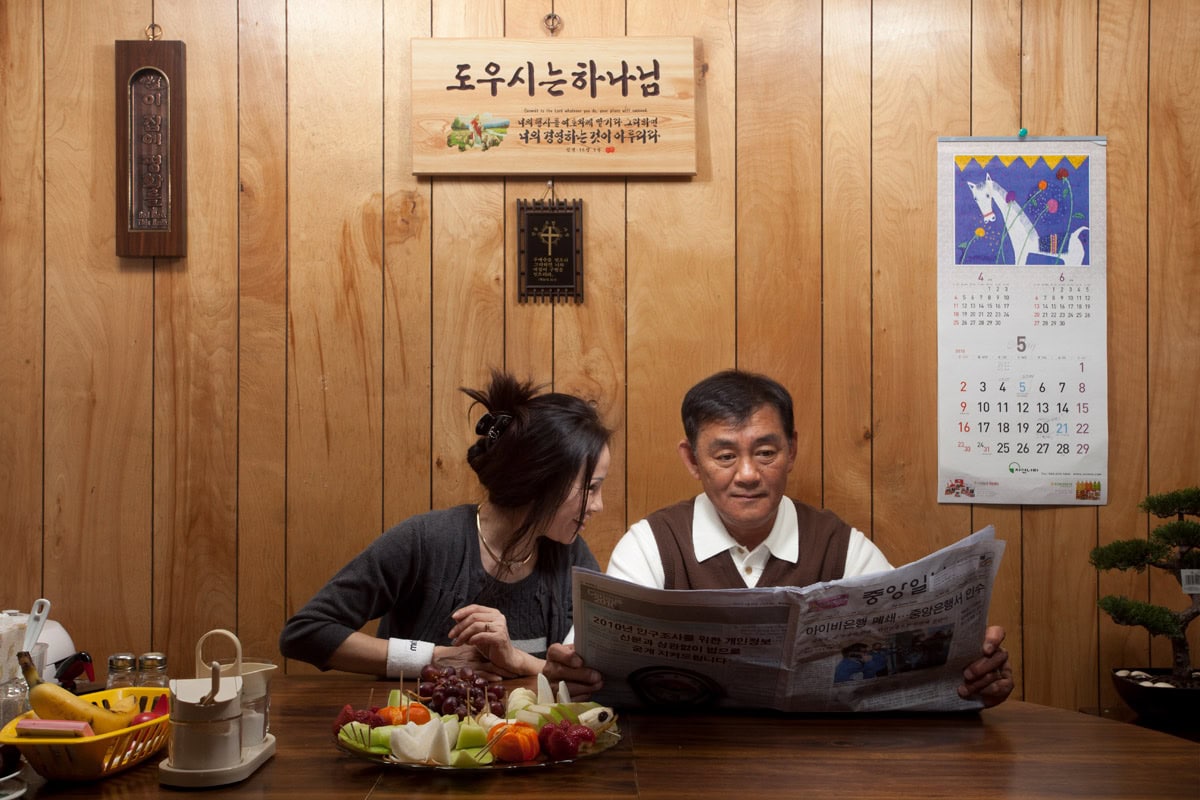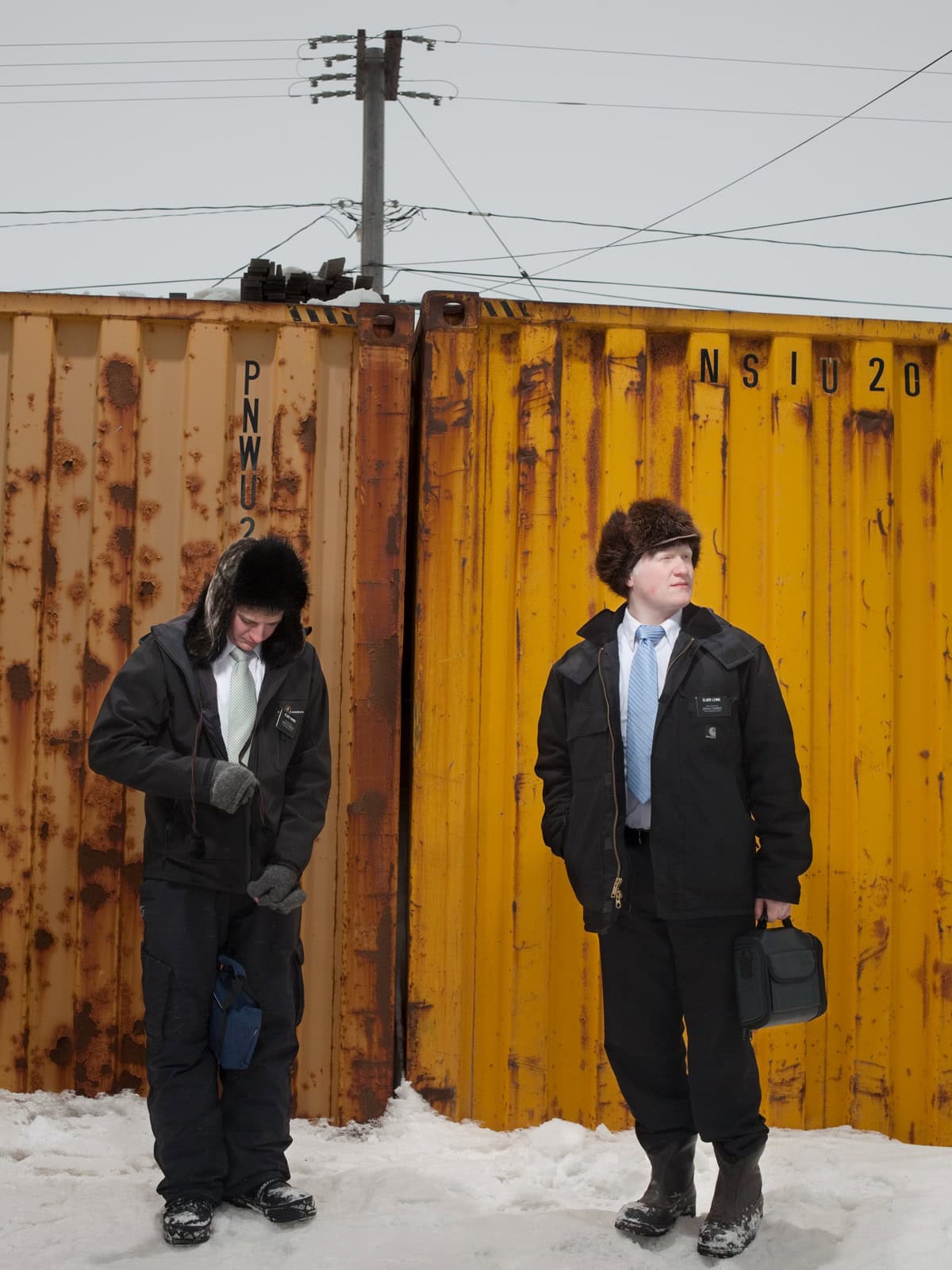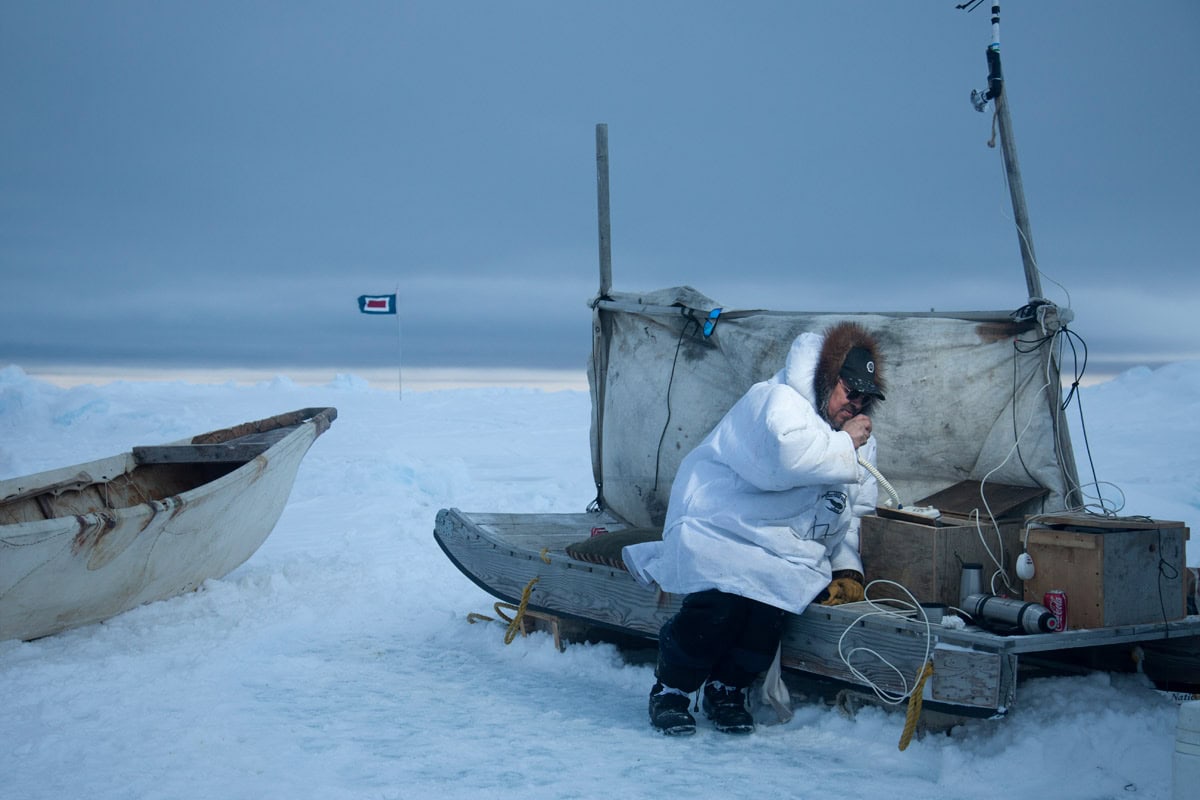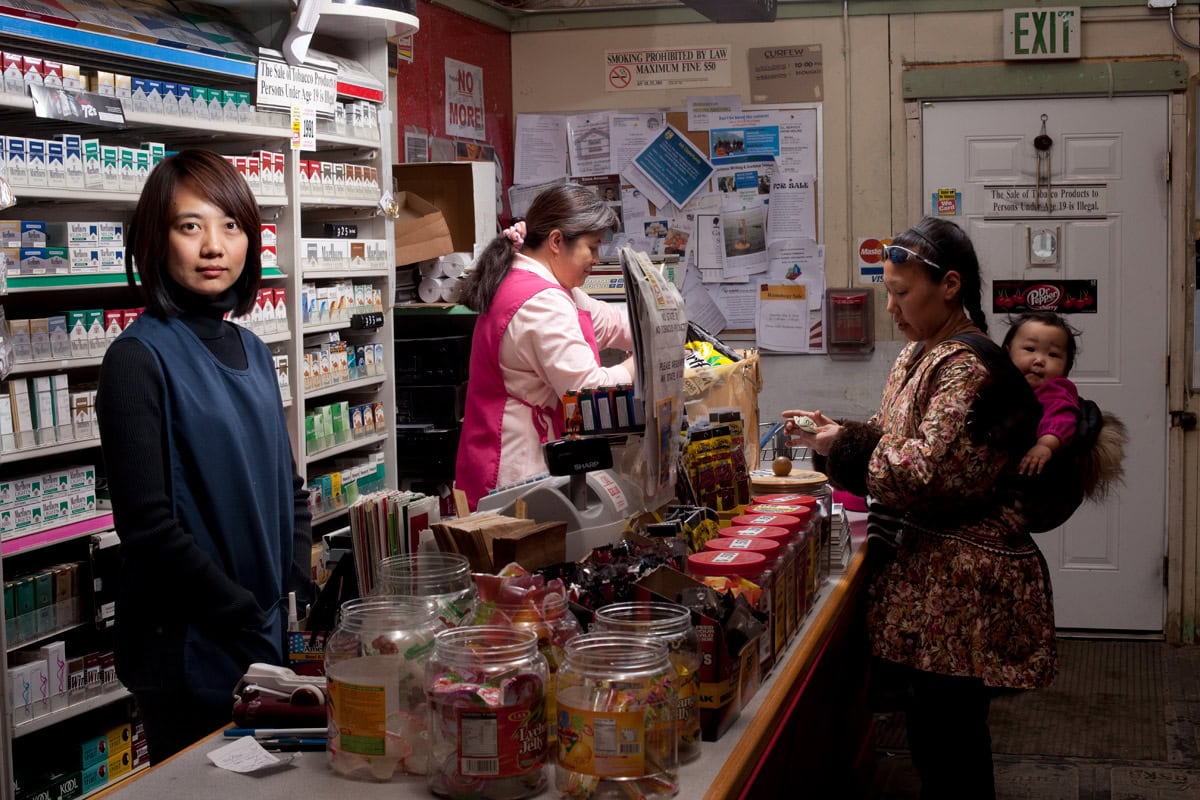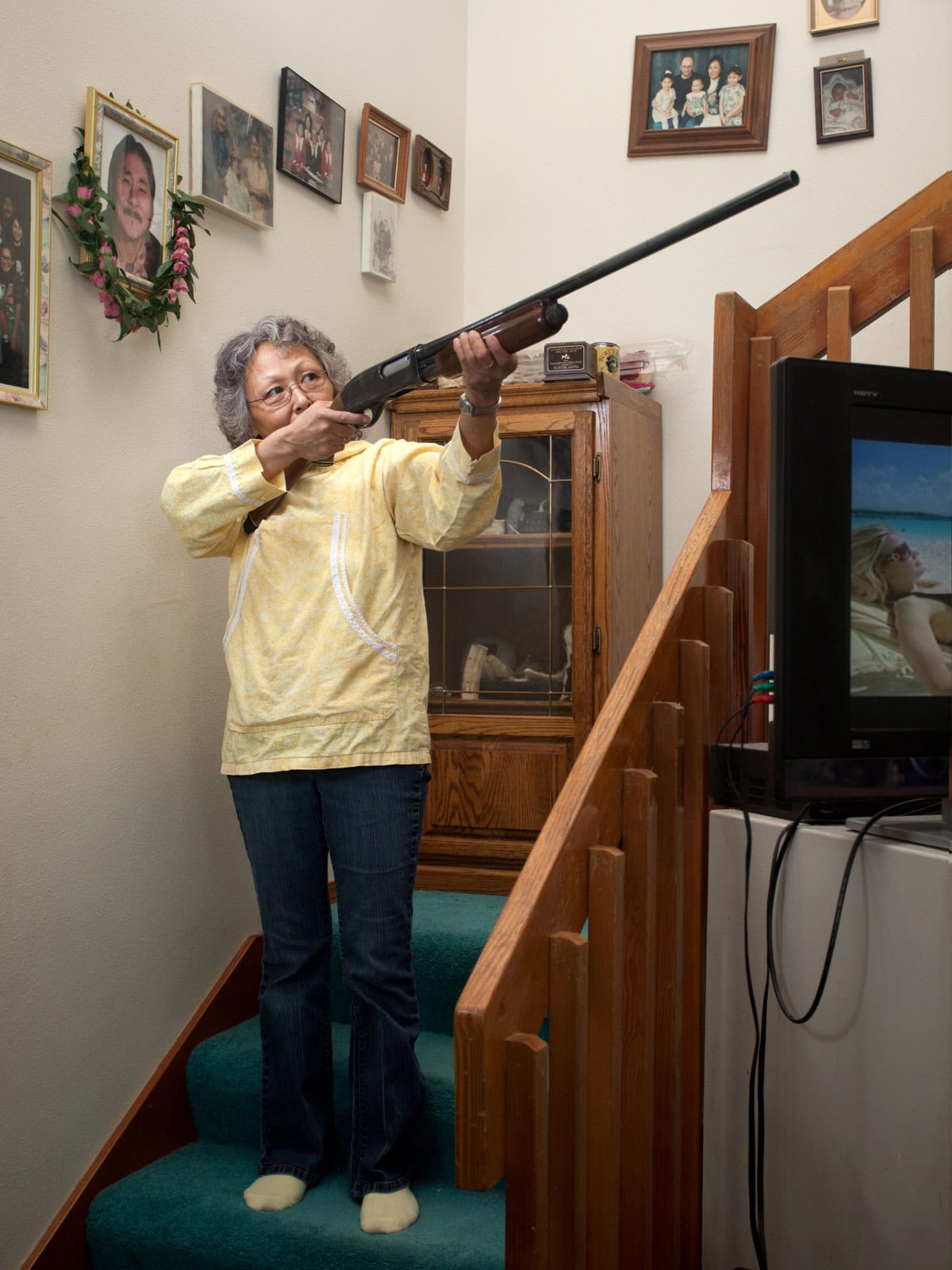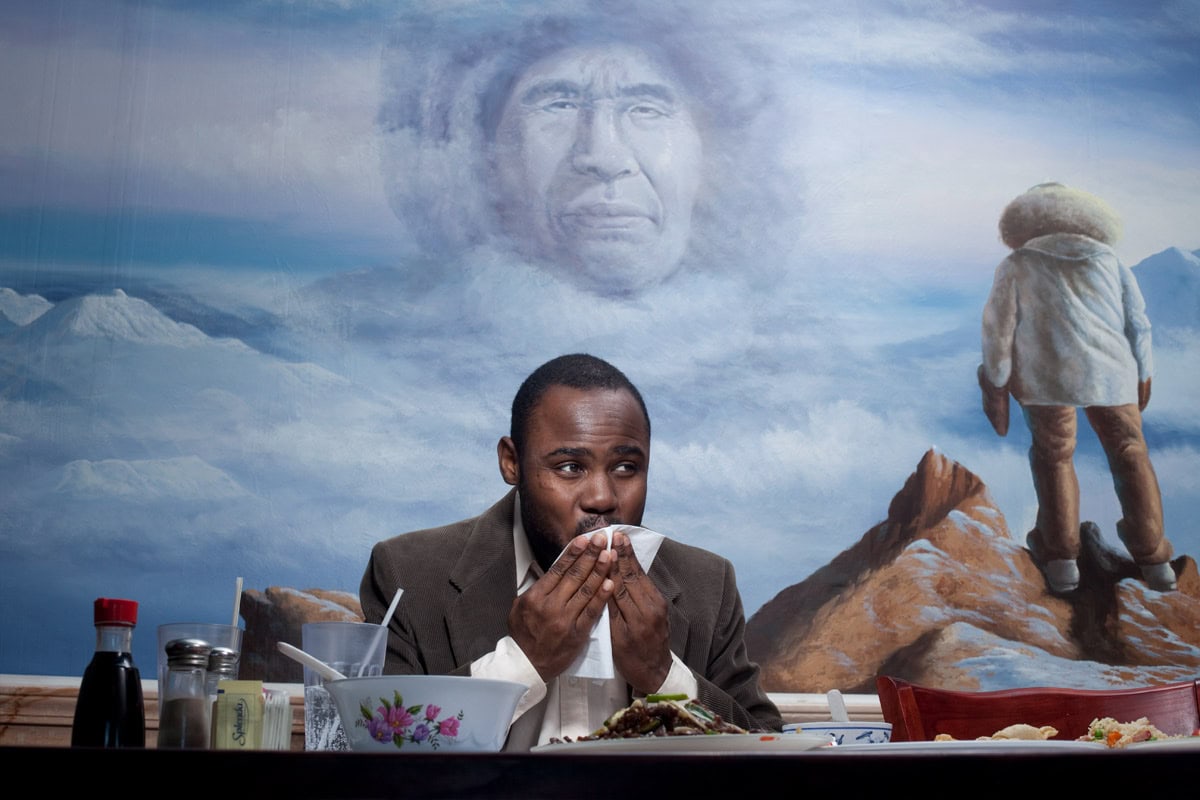Reed Young is a New York-based photographer. Through colorful portrait essays he tells stories of people and places that fascinate him, with a particular focus on those whose narratives typically live outside the spotlight. Recently these have ranged from the voice actors that dub popular Hollywood films into Italian, to a city in Azerbaijan that doesn’t have a single Azerbaijani resident. Reed’s stories have been featured by The New Yorker, The New York Times, National Geographic, TIME magazine, NPR, Wired and The Guardian.
About ‘Barrow-Alaska’:
Located 320 miles above the Arctic Circle, Barrow, Alaska is one of the northernmost communities on Earth. Only accessible by plane or boat, visitors venture to this road-less destination for the pure anomaly of having stepped foot on arctic ground. Barrow’s climate is frigid during the winter and cold the rest of the year, making it a an extremely difficult place to call home. Despite these harsh circumstances, cultural diversity has found its way to the frozen tundra and Natives now only make up 60% of the population. Regardless of the polar climate, people from as far away as Haiti and Samoa manage to find redeeming qualities that keep them returning to this vast treeless plain. Although more than twenty other ethnicities co-exist with Native Iñupiats in Barrow, whaling is still limited to the Natives in efforts to protect their cultural heritage. Natives and whaling are no longer the only way to characterize this arctic town, globalization and development have turned Barrow into a thriving community with people from all over the world.
Since its establishment as a city in 1972, Barrow has seen rapid development and growth. The population has since doubled and the town has become the economic center of the North Slope Borough, America’s largest county. Complete with everything from a local government to a tanning salon and pizza delivery, Barrow is joining the modernization movement. Just ten years ago, there were less than twenty cars that drove on the unpaved roads of this detached little city. Now, one in three people living in Barrow own their own automobile. Barrowites have access to internet, cable television and brand name clothing.
These luxuries come at an inflated price, but are available nonetheless. Everything from produce to Huggies diapers comes to Barrow on commercial airliners that fly in daily. The economically savvy order their groceries from Anchorage. Those who don’t import visit one of three grocery stores in town and pay double what they would in the rest of the continental U.S. Currently available to those who live in Barrow, the use of alcohol is constantly debated. However, as a damp community, alcohol cannot be bought or sold in town, but anyone with a permit can place an order and have it flown in from Anchorage. Once home to a primitive subsistence culture, Natives, locals and transplants alike have all come to depend on the amenities and advances of the developed world.
Mushing dogs has come and gone and snowmobiles now bring whaling crews out to the ice. Once on the arctic shore however, certain aspects of the hunt remain the same. Bowhead whales have the longest life expectancy of any mammal on the planet and have been hunted for centuries. While harvesting their whale, crews will occasionally find embedded harpoon tips that have been there for over two hundred years. As traditional a practice whaling is, technology has even penetrated it to some degree. The modern harpoon in use today releases a projectile explosive that is attached to a buoy so crews can spot the whale if it gets away. Once the whale has surrendered other crews come out on their aluminum motor boats to help bring the whale to the edge of the ice. In order to catch a whale, crews sometimes have to stay out on the ice for weeks at a time.
The hunt is an age old test of patience and cannot be rushed. In fact, many Iñupiats work part time to accommodate their schedule around whaling and some jobs are structured so they can take “subsistence leave.” Whaling is considered a subsistence practice because in order for it to be legal, whalers must use every part of the whale. Each catch provides thousands of pounds of meat and maktak (blubber and skin) which is shared by all the people in the community and beyond whether they are Native or not. Portions of each whale are saved for celebrations at Nalukataq (the blanket toss or whaling feast). Every facet of the hunt is a collaborative effort, maintaining values of the past associated with Iñupiat culture. Although non-natives are not technically allowed to participate in the “hunt”, they are more than welcome to join in the feast. Nationally and culturally controversial, whaling is surprisingly not debated much in town between natives and transplants; instead it is widely understood and accepted among everyone.
Barrow may be commonly known for its whaling or climate, but not as widely understood are the many different walks of life that make up this community. Some come from places with palm trees while others are more accustomed to flat land with no trees. Regardless of their origin, people from around the world get used to the cold temperatures and simultaneously culturally adjust. Most brave outsiders only plan on staying for short periods of time, but once their skin thickens, and the cold is no longer such a daunting obstacle, transplants make this place home. Whether they’re from Bankok, Port Au Prince, Los Angeles, or Seoul they all coexist in what was once a bleak and homogeneous settlement. Each and every one of those who live here carry their own individual story; these are the people of Barrow, Alaska.
